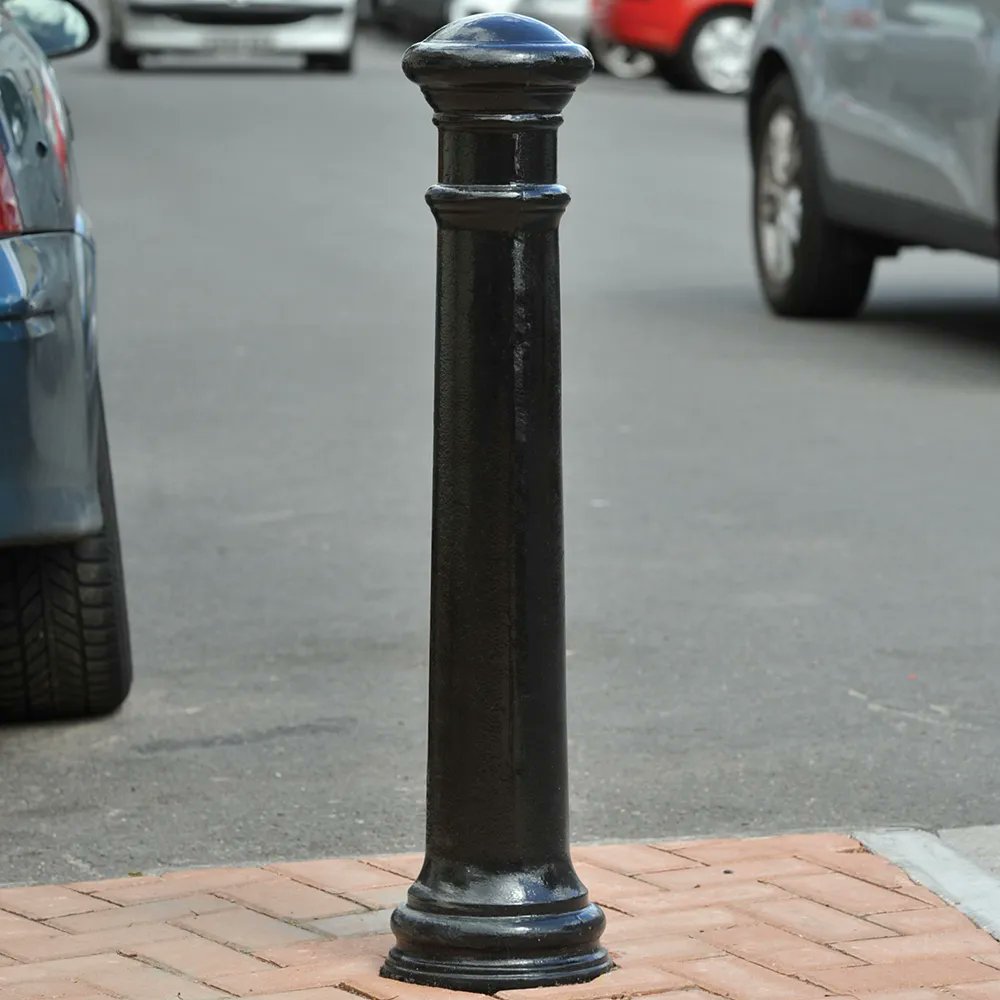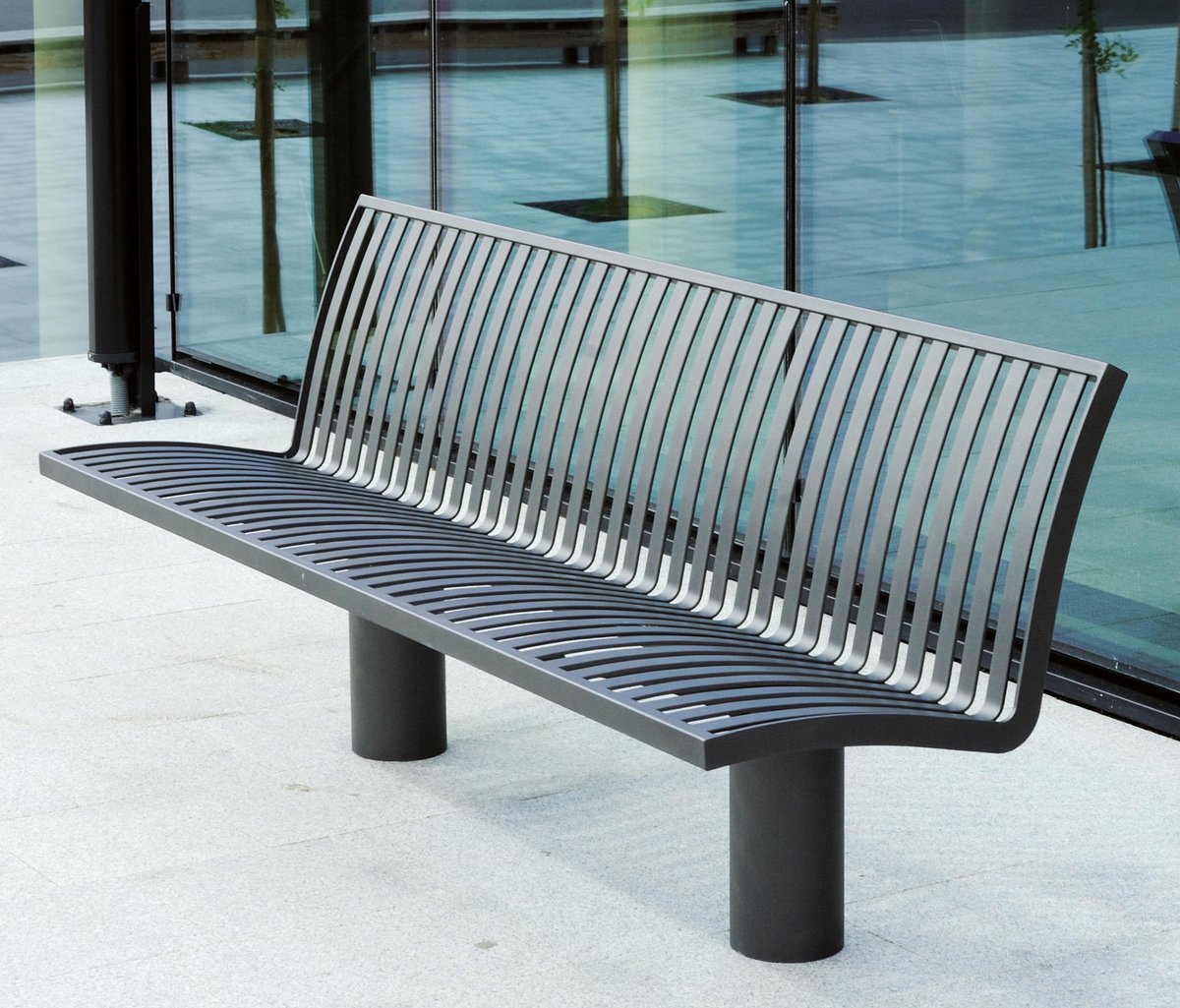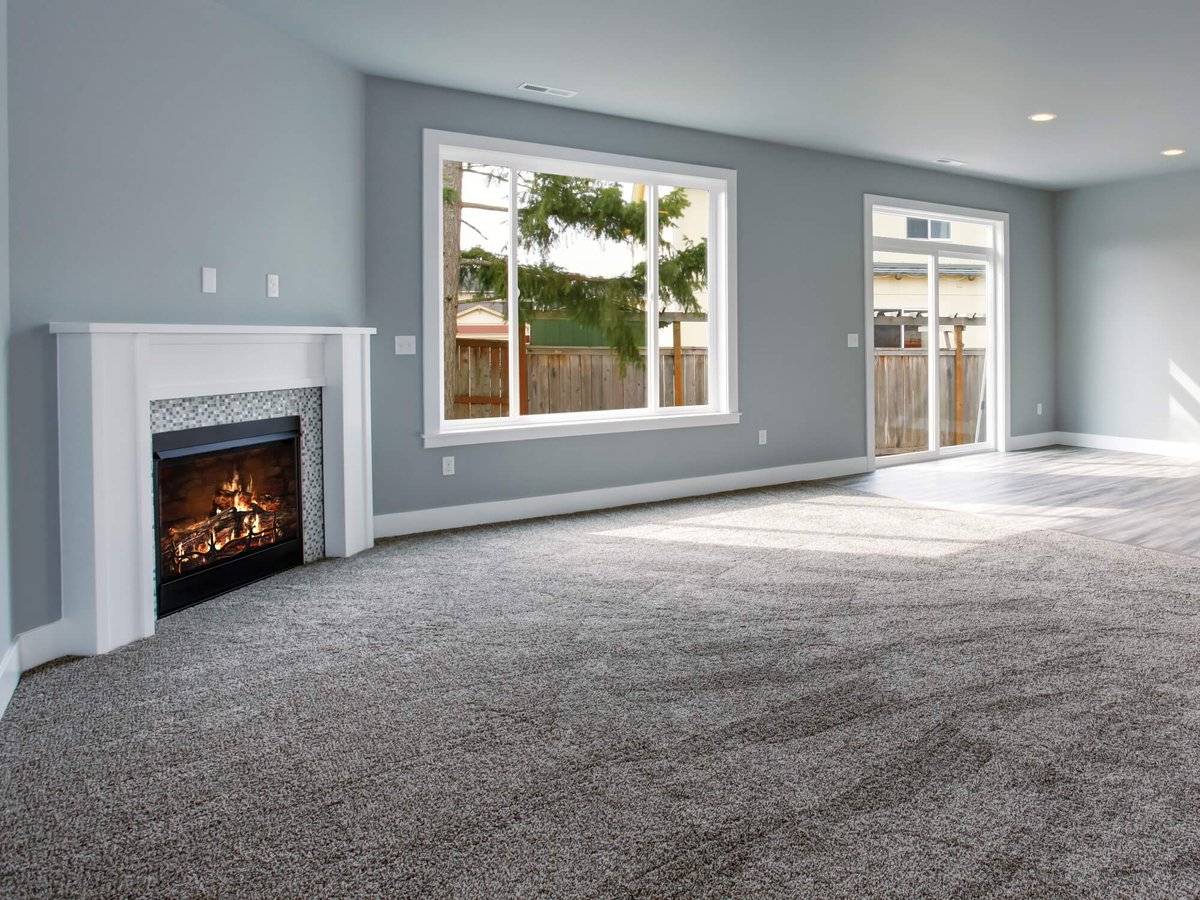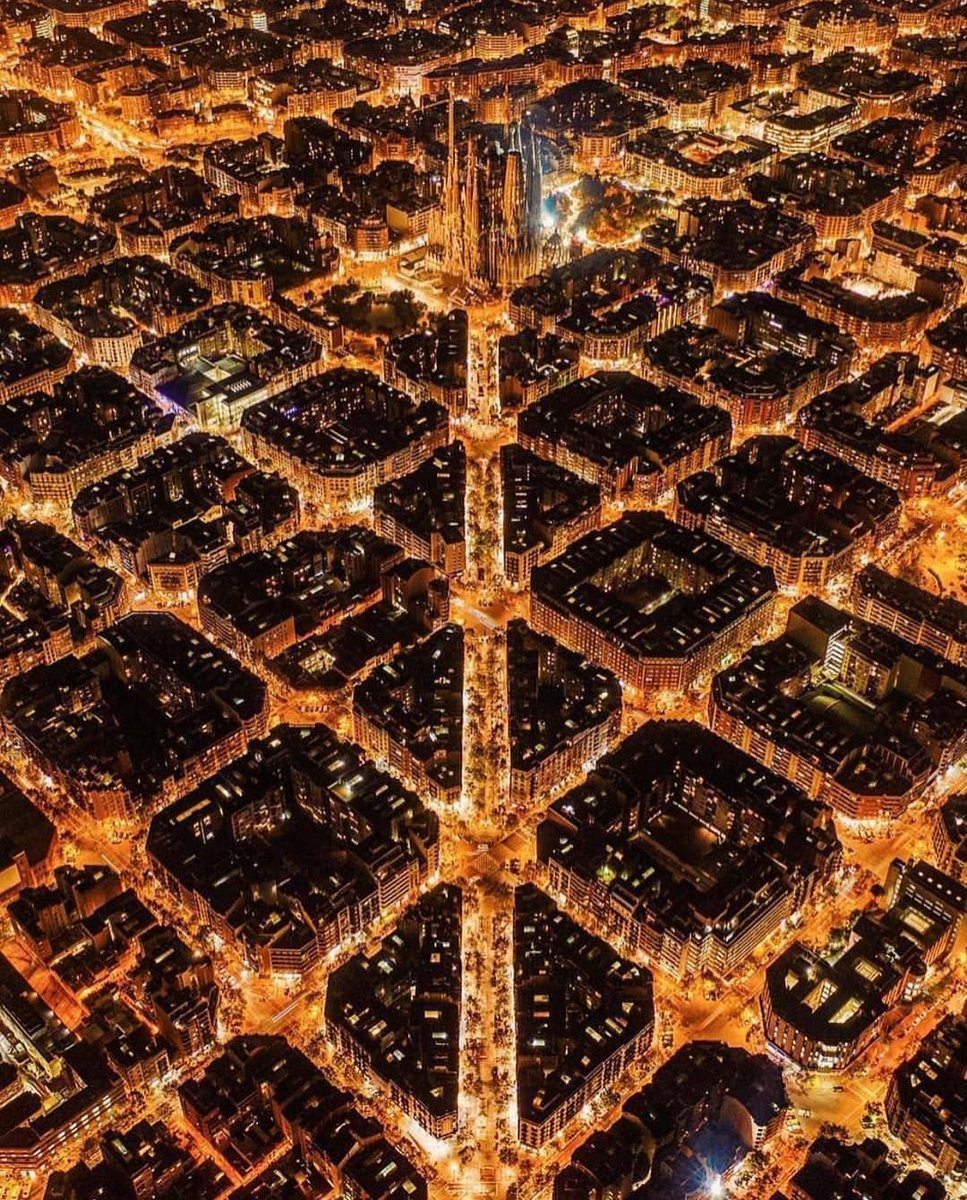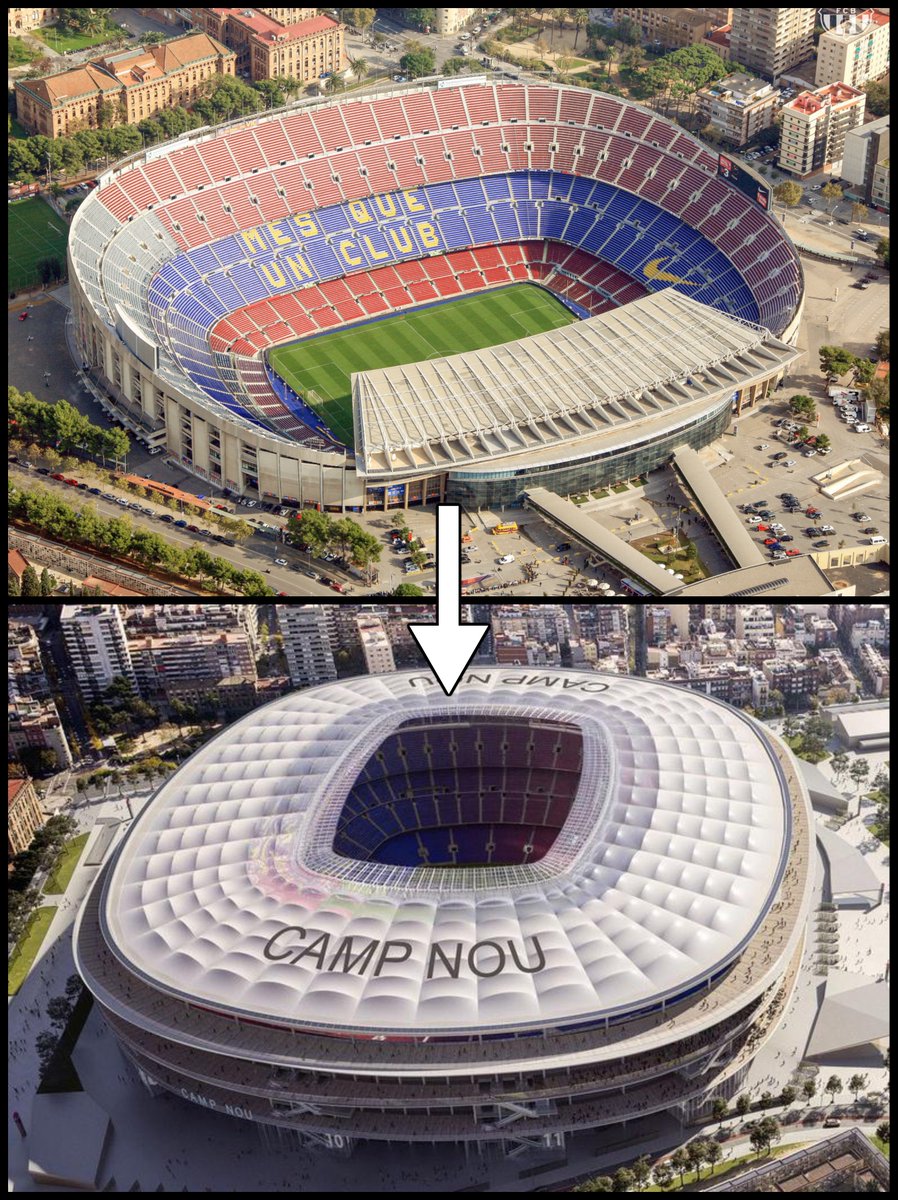This isn't an attack on capital M Minimalism, which is a conscious design movement.
Like the Minimalist music of the composer Philip Glass, which is frankly beautiful.
Like the Minimalist music of the composer Philip Glass, which is frankly beautiful.
What I'm talking about is unconscious, small m minimalism.
Which has become the social default for seemingly every design choice, whether architectural or corporate or anything else.
It is a troubling phenomenon because of what minimalism represents: a lack of detail.

Which has become the social default for seemingly every design choice, whether architectural or corporate or anything else.
It is a troubling phenomenon because of what minimalism represents: a lack of detail.
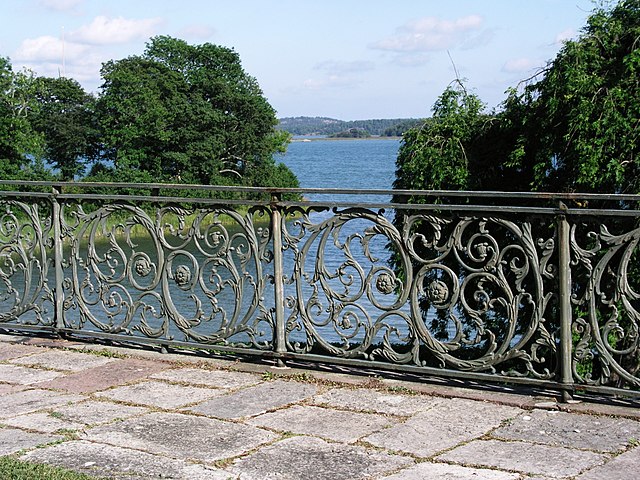

Why does detail matter? Think of it as identity.
What gives the phone box on the left its distinctive character?
The details: colour, mouldings around the door, the ornamentation at the top.
The phone box on the right has no real detail, and no character.

What gives the phone box on the left its distinctive character?
The details: colour, mouldings around the door, the ornamentation at the top.
The phone box on the right has no real detail, and no character.
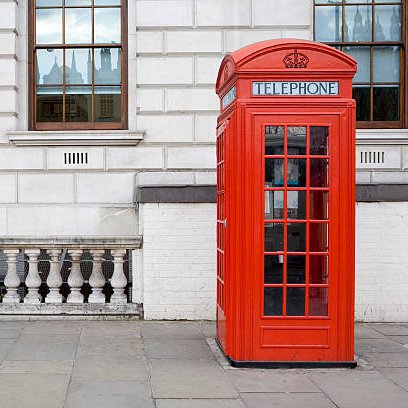

I'm not necessarily talking about beauty here.
I'm just talking about things having some discernible qualities & characteristics.
The bollard on the left is hardly "beautiful," but it *does* have some character.
The one on the right... it exists. That's all.

I'm just talking about things having some discernible qualities & characteristics.
The bollard on the left is hardly "beautiful," but it *does* have some character.
The one on the right... it exists. That's all.


And doorbells too!
You would remember the one on the left. It adds charm & character to its location.
The one on the right... you wouldn't even notice it.

You would remember the one on the left. It adds charm & character to its location.
The one on the right... you wouldn't even notice it.


How many large corporations have rebranded towards far more simplified logos?
This is a notorious recent example.
This is a notorious recent example.

The thing with detail (and, therefore, identity) is that people have different tastes.
So, to some extent, it imposes something on a person.
Default minimalist designs strips all identity away from things.
It presents a neutral, clean-slate which imposes nothing.
So, to some extent, it imposes something on a person.
Default minimalist designs strips all identity away from things.
It presents a neutral, clean-slate which imposes nothing.
So when small m minimalism has become the social default for everything from benches & bollards to skyscrapers & national assemblies....
We have a reduction ad absurdum of cultural aesthetics:
Somebody might not like a detail (read: character) so there can be no details.

We have a reduction ad absurdum of cultural aesthetics:
Somebody might not like a detail (read: character) so there can be no details.


It is an IKEA Bookcase world.
(Nothing wrong with IKEA Bookcases necessarily, but when everything looks like one, well...)

(Nothing wrong with IKEA Bookcases necessarily, but when everything looks like one, well...)


Please remember that I am not talking about a conscious minimalism here.
If you like to decorate your room in a minimalist fashion, that *isn't* a problem. It's none of mine or anybody else's business.
The problem is this social drift towards absolute simplification...
If you like to decorate your room in a minimalist fashion, that *isn't* a problem. It's none of mine or anybody else's business.
The problem is this social drift towards absolute simplification...
Perhaps minimalist design is so prevalent because we no longer have anything to say.
You don't need me to explain what the Gothic cathedral says, for example.
But the skyscraper? It doesn't say anything, really. It's just... *there*.

You don't need me to explain what the Gothic cathedral says, for example.
But the skyscraper? It doesn't say anything, really. It's just... *there*.

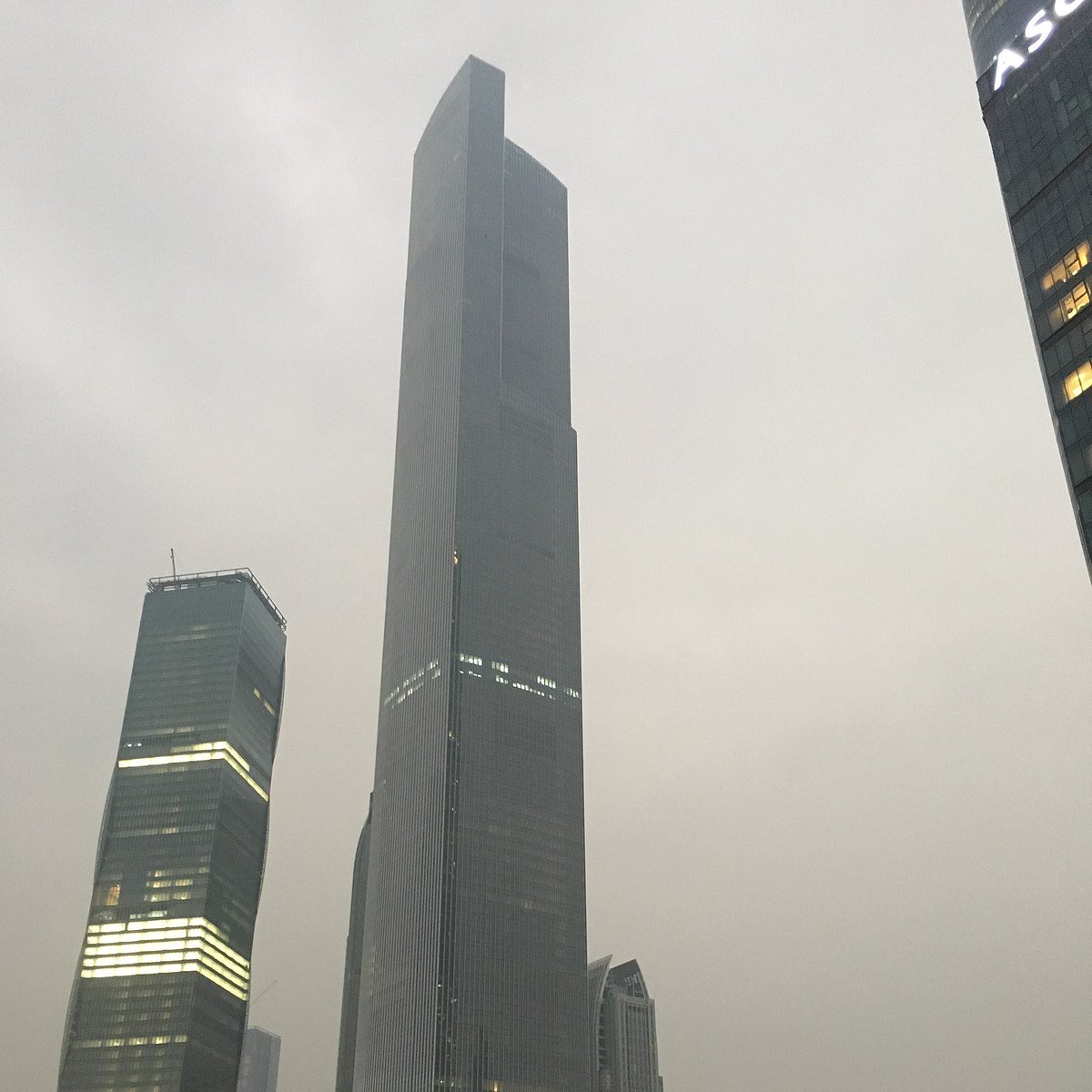
And suddenly everything, everywhere starts to look the same.
Absolute neutrality. No detail. No identity.
What does that say about us?
Absolute neutrality. No detail. No identity.
What does that say about us?

Anyway, I'm off to sit in the garden & listen to Bedřich Smetana's Má Vlast...
I'm enjoying the discussion this thread has generated so far!
And if you found it thought-provoking you may also like my free weekly newsletter, Areopagus.
Seven short lessons every Friday, including architecture, classical music, & art.
getrevue.co/profile/cultur…
And if you found it thought-provoking you may also like my free weekly newsletter, Areopagus.
Seven short lessons every Friday, including architecture, classical music, & art.
getrevue.co/profile/cultur…
• • •
Missing some Tweet in this thread? You can try to
force a refresh

